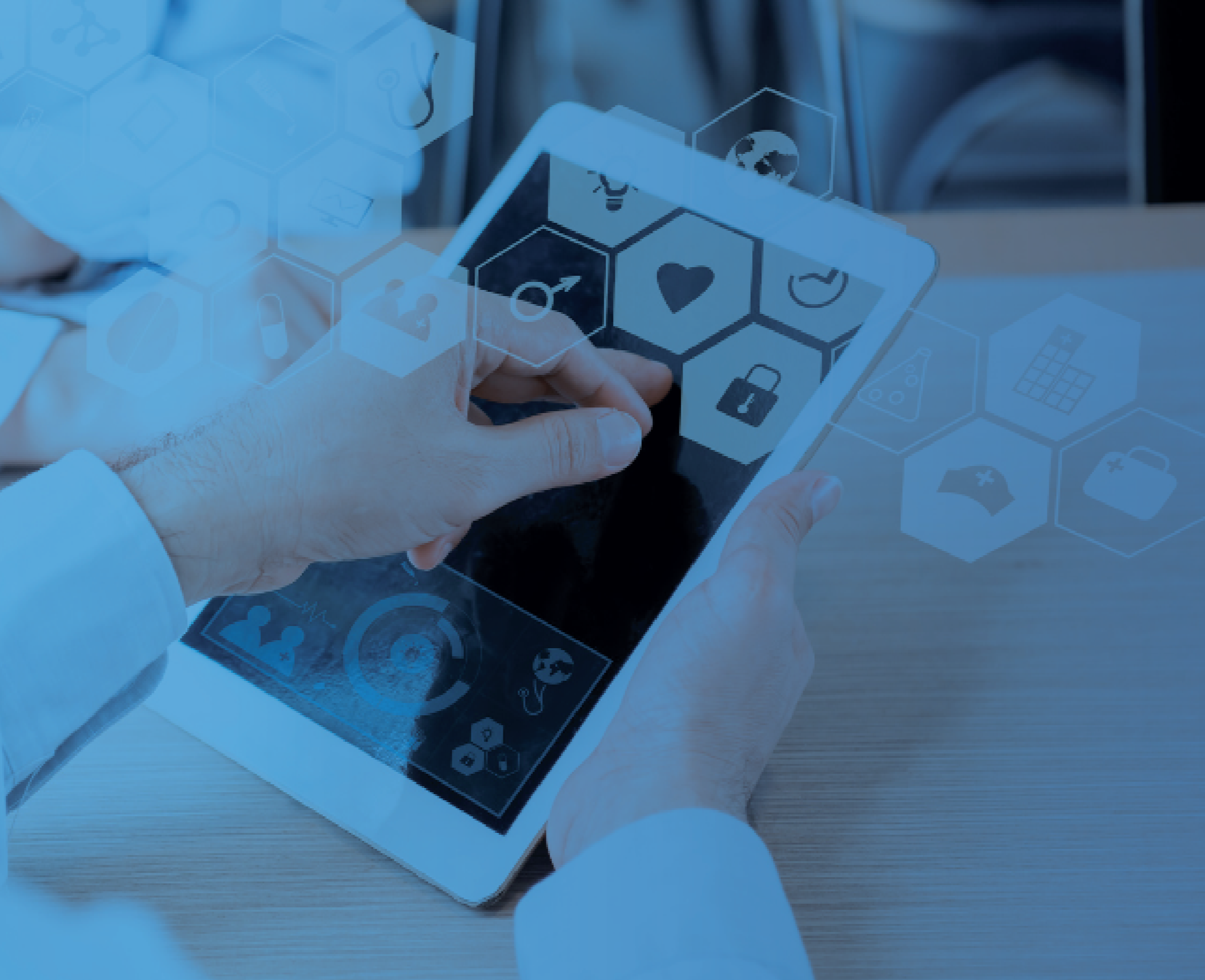Using device data to improve mental health treatment, patient engagement, and care coordination

In my previous blog post, I explored the role of remote patient monitoring (RPM) in mental healthcare, particularly how objective device data could enhance symptom monitoring and outcomes assessment. This second blog post will expand upon this topic and walk through how device data could improve the quality of psychotherapeutic treatment and interdisciplinary care coordination and drive patient engagement.
Using device data to improve treatment and patient engagement
For psychiatric RPM programs to be successful, patients must be engaged and understand the value of sharing their device and app data with their mental health providers. The providers must, in turn, leverage this data to improve the quality of care. To this end, high-frequency data can benefit patients by providing continuous insight into their physiological and behavioral functioning throughout the day, both during and outside the session. For instance, in the case of a patient receiving treatment for panic attacks, high-frequency data can provide biofeedback during a session to help the patient develop relaxation skills through the visualization of physiological reactivity in near real-time. If the patient has a panic attack outside of a session, an app notification could prompt them to record their subjective feelings and cognitions quickly. As the data is time-stamped, the patient and clinician could then work together in the following session to see how long the symptoms were elevated and identify the specific triggers to help them develop more effective coping skills.
As the field matures, I can also imagine a machine learning model that combines subjective and increasingly sophisticated device data to predict symptom exacerbation/attenuation, risk segmentation, and treatment recommendations. Additionally, machine learning could uncover new symptoms of already diagnosed disorders or establish criteria for new disorders.
Using device data to improve care coordination
While the remote monitoring of device data is new to psychiatric care, it has already been established as fundamental; in effectively managing multiple physical health conditions. These same activities, sleep, nutrition, and physiological data points provide insight into psychiatric conditions and indicate physical health conditions and social determinants that can impact these conditions.
To holistically care for patients with comorbid conditions, it is essential to integrate mental and physical health care and social services in future RPM programs. These interdisciplinary teams can then expand awareness and treatment plans when viewing the same health data from their different perspectives. For example, assuming a patient is consistently and accurately submitting device data, decreased weight and nutrition levels could indicate a number of psychiatric or medical conditions but may also uncover a social determinant like food insecurity. Poor sleep and heightened physiological reactivity might reveal a clinical diagnosis. Still, they may also lead to clearer discussions about why these symptoms arose in the first place, such as environmental stressors.
With the expansion of data types and interdisciplinary treatment options to consider, the workflows and communication channels must be streamlined; otherwise, providers could feel overwhelmed by the amount of information they have to process. For instance, the majority of clinical information in the mental health field is locked in free-text notes. Thus, it can be difficult and time-consuming to extract insight from these notes, and much of it can go unread. To help reduce the administrative burden of sifting through free-text notes, objective device data would complement these notes by quickly summarizing a patient’s functional and physiological functioning in discrete fields. As activity, sleep, nutrition, and biometric levels can be impacted by numerous conditions, visualizing these data points over time could help interdisciplinary care teams improve information exchange and reveal hidden insights. In short, device data could help create a common shorthand language for interdisciplinary care integration, symptom monitoring, and outcomes assessment, especially for high-risk clients with comorbidities and systemic impediments that cannot be addressed by one provider alone.
All information, content, and materials available in this blog are for general informational purposes only and should not be construed as medical, clinical, or practice advice.